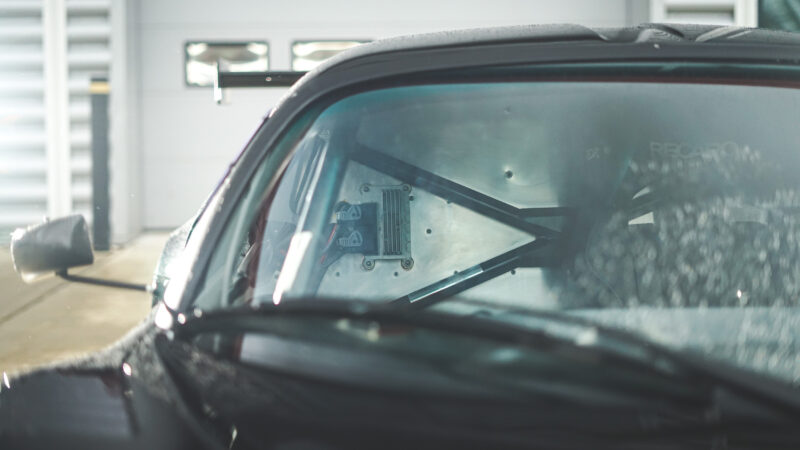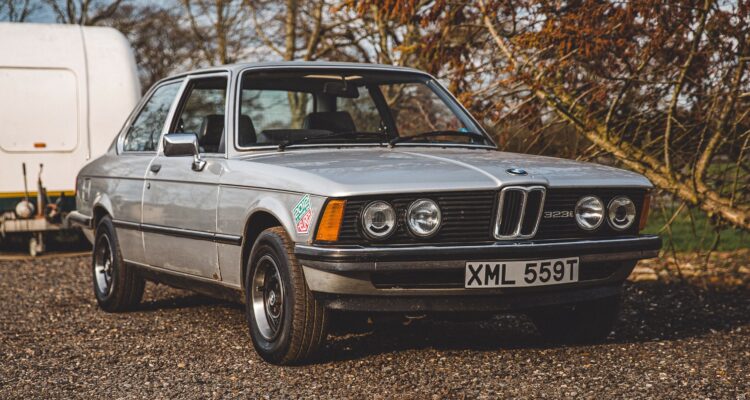Safety by Numbers – Make Your Classic Safer
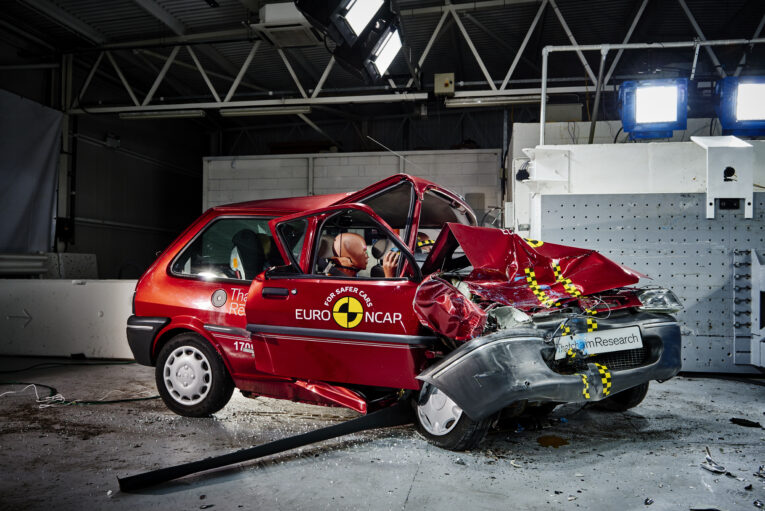
Safety is, and always has been, a big deal for cars. As soon as we retired the horse, people were concerned. Falling off a horse hurt. And while falling off a car was a bit harder, the speed increase meant people were rightly concerned by what might happen when the new fangled car suddenly… stopped. This is part of the reason we had flag men to walk in front of cars (which, when you think about it, somewhat cancelled out the point of the car in the first place). Then in 1891, Ohio City resident John Lambert crashed a car of his own creation into a hitching post. That was the first known car crash. He was fine, by the way.
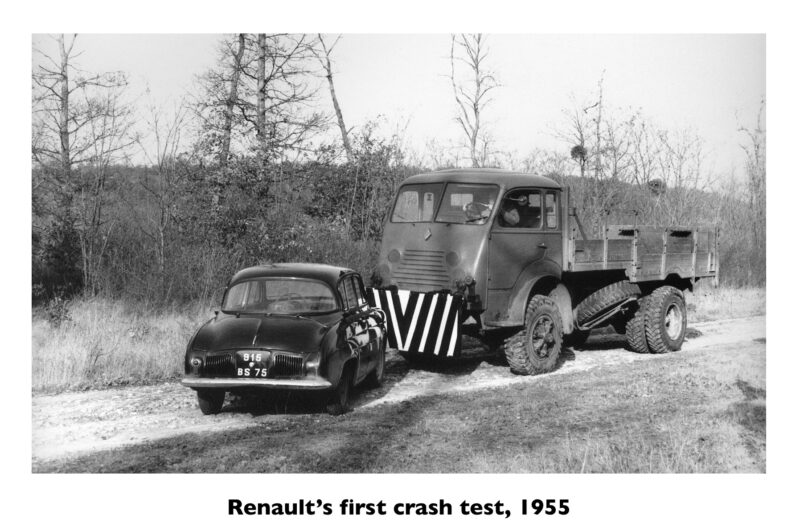
As more and more cars came into the fore, more and more of them kept colliding with things. Trees, houses, other cars, small animals, more tress. Nothing was off-limits. And as more cars clouted stuff, more concern was brought up for safety. At first, it was down to the manufacturer. There was no expectation, nor any rules. Some came up with clever bumpers, softer steering wheels and so on. As the years rolled by, more brands became heavily invested in safety. Volvo was (and still is) one huge proponent, and has been consistently open about crash-testing. In fact, it was Volvo who gave us the three-point seatbelt. Political pressures got involved, too. People like Ralph Nader, who was presumably sick of people rearranged their faces on the chrome knob-laden dashboards of American cars, campaigned with success to make safety a must have, not an option.
In 1997, EuroNCAP changed the face of safety forever. This independent operation bought cars, then crashed them, then scored the cars accordingly. It became the benchmark, and it still is today. EuroNCAP changed the face of automotive safety forever. Because of its actions, people started buying cars with safety as a primary concern, and every manufacturer knew it needed to score well if it was going to sell its wares.
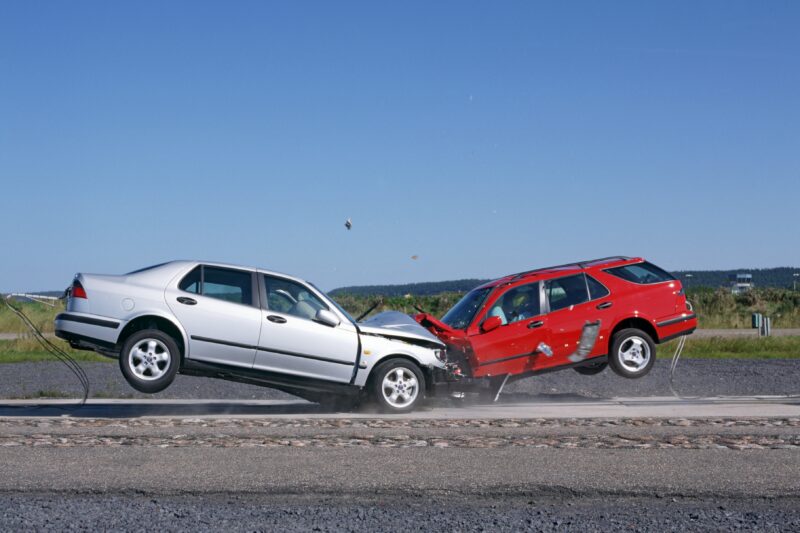
That’s your history lesson covered, but what does all this have to do with your classic? Well, while a car from forty years ago obviously can’t be as safe as a 2022 model, it can be safer. Safer than it was when it was new, in fact. Modern technology means that parts are better now than they have ever been, and this extends to classics. Brakes, tyres, lights – all better than they ever were. And none of it will rob your classic of its soul or heart, but it will all mean you’re being as safe as you can be. We can’t change what a classic is by re-engineering it to be as strong as a modern car, but we can help it stay out of trouble, and trees. Here are five things you can do to make your classic that little bit safer.
1) Tyres
Tyres. The rubber hoops that are our connection to the road. Read that again. They connect us to the road. Yet still, some people will fit the cheapest rubber known to man. Some, who really are a pickle short of a full ploughman’s will even mismatch tyres from side to side or front to back. It’s madness. More madness can be found in people who use tyres that are older than dust, and as such are about as grippy and pliable as a roof slate. Not what you want when driving along. Tyre technology has moved on massively, and as such, good tyres should be at the top of anyone’s list. You get better grip, you get better water dispersal, you stop faster, you can turn with more confidence, and if you have new tyres, they’re less likely to explode when they see a pothole. You can have the safest car in the world, but if it’s on rubbish tyres, that safety is moot.
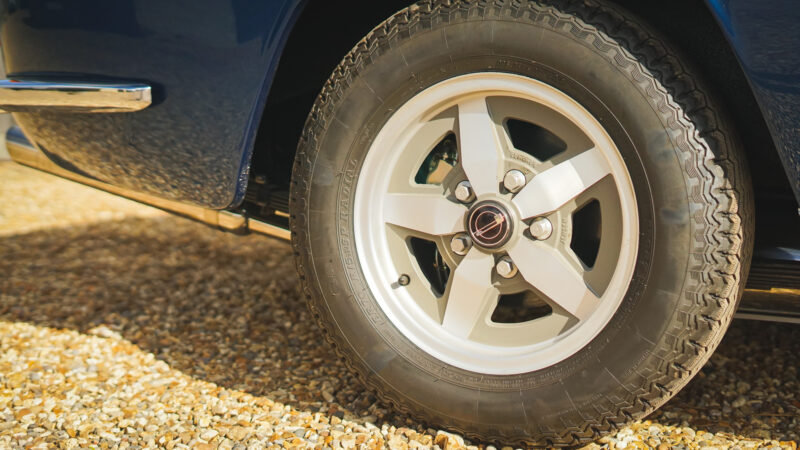
2) Seatbelts
The seatbelt is not just important for safety, it’s also one of the most frequently used parts of the car. It’s there with the steering wheel and the pedals. You get in, you pull the seatbelt out and you clip it in. And so you should. Safety first and all that. However, have you ever considered how your seatbelts might be worn? Decades of coiling in and out, UV damage from the sun, fraying, maybe the occasional nibble from a cheeky rodent. It can all lead to your seatbelts being weaker than they were, so replace them. A seatbelt does nothing most of the time, but when it does do something, it is suddenly put under a huge amount of stress. And look, we like your face. You like your face. So let’s not have it fly through the windscreen. Fit new belts and then feel safe in the knowledge that if, god forbid, they should be needed, you’ll be held in place as intended.
3) Seats
Following on from seatbelts, we have seats. A seatbelt can only hold you safely if you’re sat on a seat that doesn’t implode when it suddenly goes from 60mph to 0mph. Seat frames can fatigue and weaken over time, with hairline cracks and more obvious bends being a common issue. If the springs and padding are shot, you’re going to ‘submarine’ in the event of a crash, which means you’ll simply slide under the seatbelt, into the dash, while shaped like a pretzel, at 60mph. Refurbished seats are worth investing in. Or new seats altogether if you can. There are plenty of modern-made, retro style seats out there that look right at home in all manner of classics. Plus, safety aside, with good seats you’re more comfortable, you’re planted in position through the bends, and you’ll have better back support. Good seats make sense.
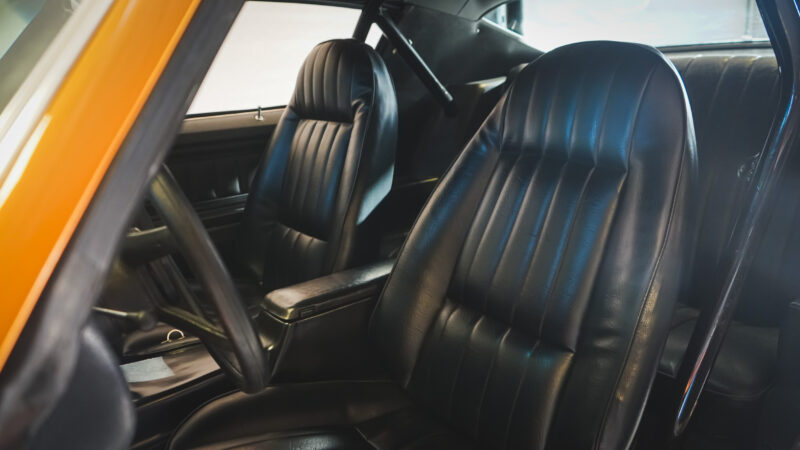
4) Brakes
Watch the video below. Though before you do, be warned, it’s harrowing. Both driver and passenger are okay now, if a bit sore (and the passenger needed some new teeth). This video is not of a shonky old Ford Sierra, or some sort of barn find, or a work in progress. The video is of a high-end custom car build, glorious in every way, apart from the brakes. The brakes were too small for the power, they boiled over (we think) and, well, watch the video. Brakes matter. They are bedfellows with your tyres in terms of importance. Don’t run old brakes, don’t run tired brakes and when changing or inspecting brakes, look at the whole system; the cylinders, the lines, the master cylinder. There is a huge aftermarket out there for classics, with companies like EBC willing to sell you sticky discs and pads for maximum stopping power. If your classic is modified, Hi-Spec, Alcon, AP Racing – all will have, or create you some bigger stoppers to keep your beloved classic under control. Power is nothing without control.
5) Cage
Now this last one is somewhat subjective, as we’re not suggesting you put a roll cage in an E Type. In fact, we’re not suggesting you put a full roll cage in anything, because a full roll cage in a road car will do more harm than good in a crash. Skulls, as it turns out, don’t like smashing into tubular cold-drawn steel. However, a rear or half cage can have some benefits. Classic cars simply aren’t as torsionally tough as a modern car. This is bad, as a great many accidents are side impact. A half or rear cage in your classic can help here, and give the car’s passenger cell some more strength. It could be the difference between walking away, or having the fire brigade cut you free. For many classics like Minis, MGs, Fords, Porsches and so on, there are many options already available. For anything else, you’ll need bespoke fabrication. But it’s worth it, because really, can you put a price on safety?
